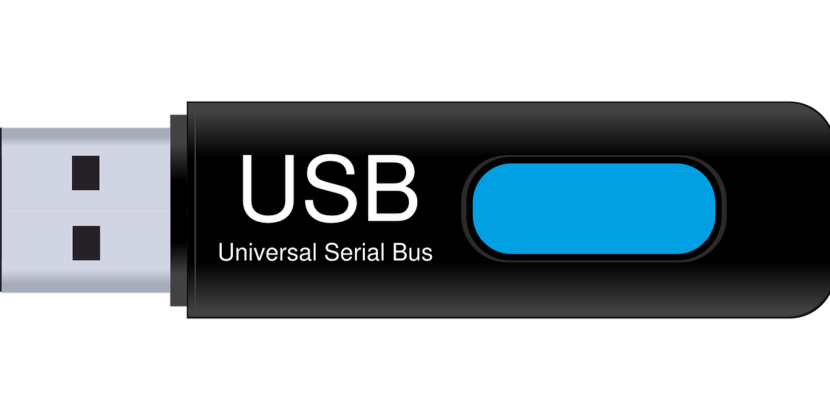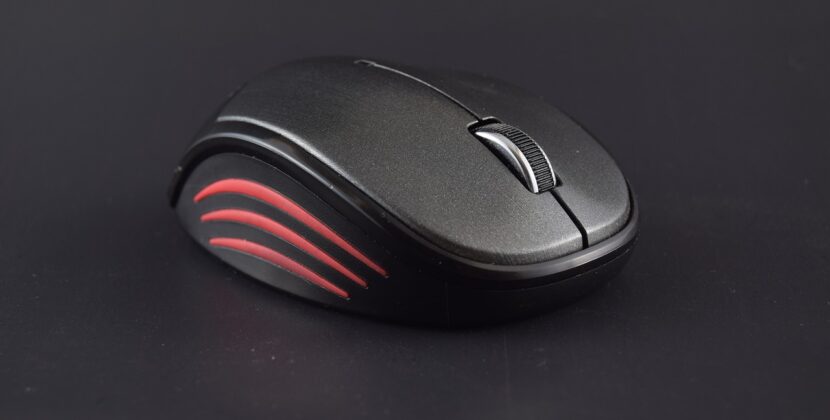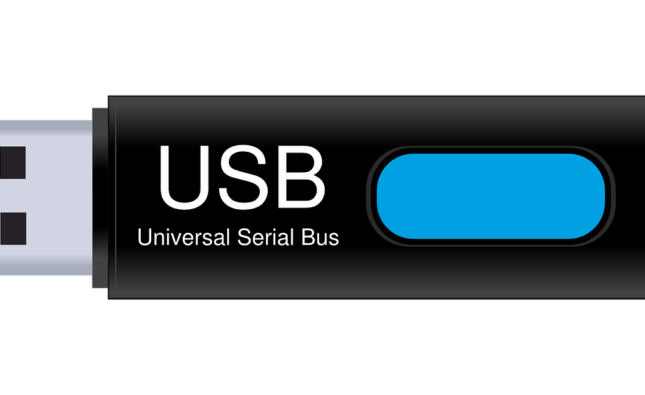
At a time of increasing cybersecurity threats, it’s vital to take caution with any cables you use. Just one malicious cable could allow hackers to gain unauthorized entry to your devices.
Red Teams of security researchers use the OMG cable, designed for security researchers who utilize geofencing technology, to intercept keystrokes. It can also be remotely controlled via Wi-Fi using its web interface, and its geofencing features enable payload activation based on location.
Keylogger Cable
A new hacking cable may look like any ordinary USB extension cord, but it contains an incognito keylogger. The device was developed by MG, a security researcher who unveiled it at Defcon 2019 and later started selling them online.
OMG Cable stands apart from other keyloggers by not leaving any trace on a computer it’s infiltrating or installing drivers, making it virtually undetectable by security and antivirus software. Furthermore, it works passively rather than actively by transmitting any data over Wi-Fi but instead recording whatever keyboard it’s connected to.
Internal hardware of the cable consists of a microcontroller and Wi-Fi server that hackers can access remotely through web browser. When activated, this server records keystrokes up to two miles away, providing hackers an opportunity to steal passwords or personal information.
To identify an OMG Cable, inspect its connectors closely. Look out for uneven metallic finishes or rough edges and be sure to measure the insulator widths before connecting any USB cords to your Mac. It is possible to tell an authentic Apple cable apart by looking out for its MFi badge on packaging or for words like “Designed by Apple in California Assembled in Country.” To be on the safe side, always plug USB cords with caution into your Mac computer.
Malicious Cable
A new USB cable that ‘hacks devices’ has hit the market, almost unnoticeable to an ordinary USB cable user. Intended to look like those approved by Apple, Samsung and other device makers, this new offering allows remote access of data as well as commands sent directly to devices.
OMG cables contain keyloggers which record your keyboard inputs and store them for later download, providing attackers with access to passwords, bank accounts or even just draft tweets that were intended for you – giving them access to passwords, bank accounts or bad draft tweets! Furthermore, connecting an OMG cable with a USB keyboard enables keystroke injection attacks and could deliver malware into it.
Malicious hardware in USB cables can be hard to detect. To protect yourself and your workplace from potential threats, always carefully examine each cable prior to use and purchase official chargers from trusted brands only.
Keep an eye out for signs of tampering, such as unusual thickness or bulkiness of connectors and additional pins inside plugs that could indicate more functionality (for example a hidden attack tool or keylogger). In addition, wireless monitoring of all devices entering your workspace is useful for identifying suspicious-looking USB cables – plus this approach can detect RF signals revealing OMG cables or any other potential threats invisibly present in the work environment.
Hacking Devices
No matter their tactics – from Wi-Fi Pineapples that target public WiFi networks to monitor users to USB Rubber Duckies that act like small computers loaded with malicious payloads used to spy on devices – hackers have an arsenal of tools at their disposal to steal data and gain access to personal information, with cables among the most lethal weapons used by these criminals.
This cable looks exactly like any other charger lead you might come across in your bag, box, or desk and can even be purchased online – yet hidden within its wires lies a memory chip and Wi-Fi transmitter capable of monitoring any connected device and sending back data back to hackers via remote servers.
These cables, created by hackers, also possess the capacity for keystroke injection attacks and taking control of devices; enabling hackers to launch applications, download malware or steal saved Chrome passwords. In addition, their small processor built into the cable casing provides data surveillance while transmitting information along its path.
When an excessively large volume of outgoing network traffic occurs, this could be a telltale sign that your device has been compromised. Malware could have installed itself or it could even be due to cable hacking attacks attempting to gain entry. To mitigate this threat, only use cables certified by your device’s manufacturers and that haven’t been altered, and continue monitoring of your space in real-time to detect threats and protect data.
How to Protect Yourself
Uncertified cables may offer hackers direct access to your data. Therefore, only use certified cables with your device manufacturer. Carefully examine each cable you are considering purchasing for signs of malicious hardware: uneven metallic finish, rough edges or fluctuating insulator width could all be telltale signs. Lumafield has developed a malware cable detector which can identify these malicious cords using 2D and 3D X-ray scans.
An effective way to safeguard against keylogger cable is by keeping your Mac protected with an anti-malware app that monitors for breaches 24/7 and blocks them automatically. Clario, for instance, comes equipped with powerful antivirus protection against hackers and malware such as OMG cable; thus allowing you to work worry free. Furthermore, Clario includes an easy-to-use lightweight app with 24/7 data breach monitoring feature so you can check for suspicious activity as it occurs; plus it supports both iOS and macOS systems – something no other anti-malware app can do.










